In 1943, the railway connecting Leningrad to the outside world helped people and soldiers fight to defend the besieged city. The Nazis also realized this and used all kinds of firepower to stop it, but failed.
For 16 months during the Great Patriotic War, Leningrad (now Saint Petersburg) was surrounded by Nazi Germany and its allies. The city’s only connection to the rest of the Soviet Union was via the “Road of Life” that ran across the frozen Lake Ladoga, but this road could not fully meet the needs of a large city.
Several attempts to break out of the siege of Leningrad failed. It was not until late 1943 that the Red Army succeeded in breaking out. On January 18, 1943, in Operation Spark, the Red Army broke through to the southern shore of Lake Ladoga and created a land corridor 33 km long and only 11 km wide, connecting Leningrad to the outside world.
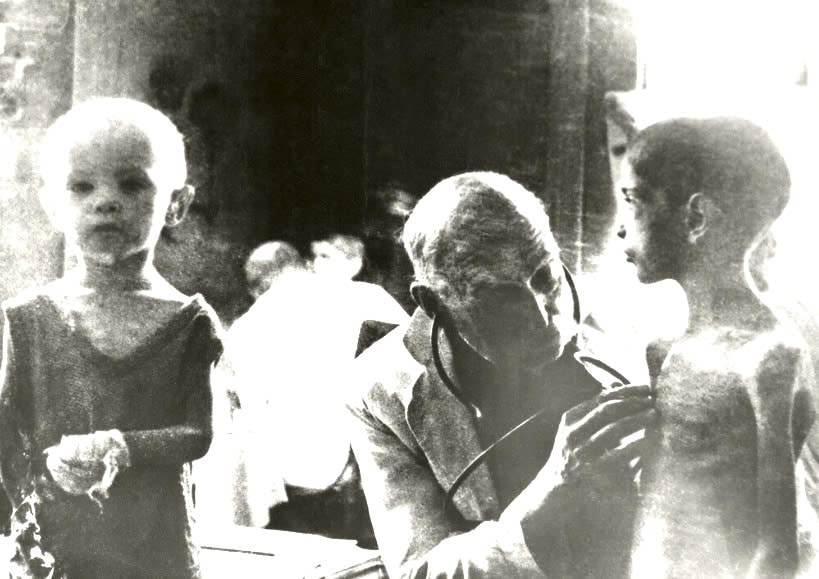 |
| During the siege, many Leningrad residents died of hunger, cold and disease. Photo: RIAN |
While the fighting was still going on, Soviet workers and people began building a railway called “Victory Road” to transport food, weapons and ammunition supplies across the city. However, this road was also known as “Corridor of Death” because of the sacrifices and losses to build and maintain it.
The mission seemed impossible.
Despite their efforts, the Red Army was unable to extend the bridgehead into Leningrad and was forced to build the railway on a narrow strip of land recaptured from the Nazis. The extremely muddy and rugged terrain was visible from the Sinyavinskiye Plateau, which was in Nazi hands, and from there the Soviets continued to bombard the road the Soviets were building.
Work began on January 22, 1943, just four days after the Nazi siege of Leningrad was broken in terrible blizzard conditions.
“The snow was waist-deep, frozen, and water was gurgling under the snow. Vehicles could not pass. They had to use sacks to carry the spoils. People dumped dirt into the pits and dragged them on their shoulders to the railway. The dirt was also transported by sled. We even had to adapt a Nazi horse-drawn cart to transport the dirt. We built an embankment, but it began to sink into the swamp. First we had to put slate slabs on the peat and then pour dirt on top. People worked day and night,” recalled Major Yashchenko, commander of the 57th Railway Battalion.
In addition, a railway line had to be built across the Neva River. On January 24, construction of a spillway bridge without a span began. Another bridge, 8 meters high, was built 500 meters downstream to allow ships to pass.
The Nazi attacks on these bridges almost never stopped. While one damaged structure was being rebuilt, the other continued to operate.
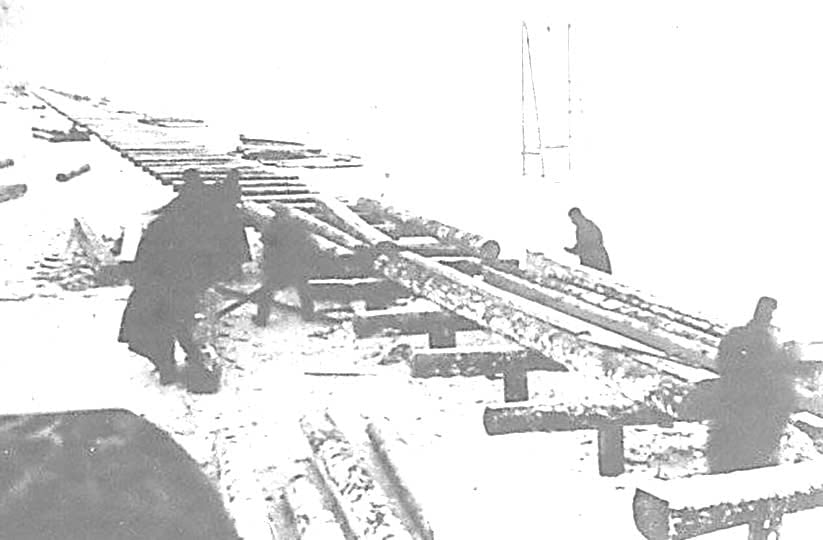 |
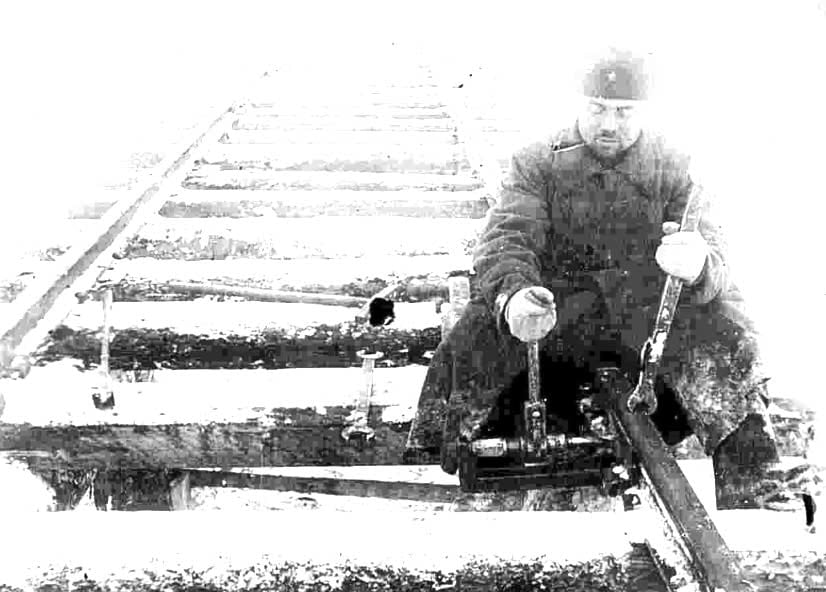 |
| Construction workers and Red Army soldiers build the "Corridor of Death" railway in the cold and under the fire of the fascist army. Photo: Lenta |
“Corridor of Death”
The first food train arrived in Leningrad on February 7. The trains left at night and the city's military supplies were transferred to the front. Surprisingly, during the months of the siege, the city's military factories remained operational.
Many construction workers, employees and railway guards preferred the name “Corridor of Death” to the official name “Victory Road”. During the construction process, dozens of workers and Red Army soldiers died every day due to fascist fire.
Even when the line was operational, Soviet blood was still shed. To minimize casualties, female traffic controllers carrying lanterns appeared on the road, limiting enemy visibility and warning trains of track failures or trains damaged by bullets.
The most dangerous section of the road is considered to be the 30th kilometer, where the forest ends and the route crosses a large open field. There, Soviet trains are clearly visible, forcing the train drivers to accelerate to pass as quickly as possible.
“We operated as follows: when we passed through the forest, we increased the speed, and when we reached a safe place, we slowed down the train. During this time, the coal in the furnace was burned in such a way that it emitted as little smoke as possible. When the fascists opened fire, the train had to accelerate as fast as possible. This operation was repeated over and over again, like a game of death,” train driver Vasily Eliseev recalled.
In the spring, in addition to the Germans, another enemy appeared: the melting snow. The “Victory Road” changed from crossing ice to crossing swamps. Under enemy fire, railway workers repeatedly restored the railway bed, and trains had to wade through water to and from Leningrad.
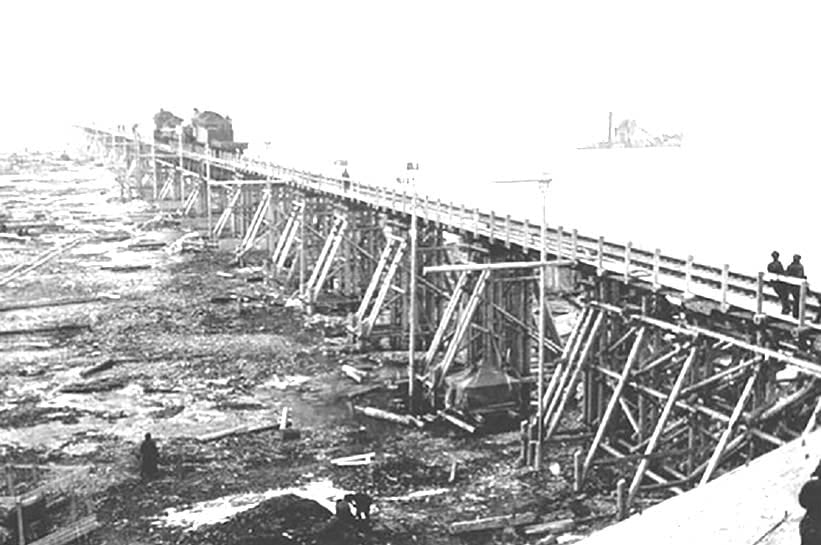 |
| The “Corridor of Death” transported 75% of the supplies to Leningrad during the siege. Photo: Rian |
“Corridor of Death” Saves the Heroic City
Thanks to the “Corridor of Death”, Leningrad was saved when the volume of supplies transported into the city was many times larger than the route across Lake Ladoga.
From February 1943 until the siege of Leningrad was lifted in January 1944, 4,729 trains passed through this unique railway line, accounting for 75% of all goods transported to the city.
After rail traffic was restored in the liberated territories in March 1944, the “Corridor of Death” was shut down. During its entire operation, 1,500 locomotives were destroyed by the Nazis along the route.
TUAN SON (synthesis)
* Please visit the International section to see related news and articles.
Source: https://baodaknong.vn/hanh-lang-tu-than-da-giup-thanh-pho-leningrad-ton-tai-trong-vay-ham-nhu-the-nao-247579.html



![[Photo] Scientific workshop "Building a socialist model associated with socialist people in Hai Phong city in the period of 2025-2030 and the following years"](https://vphoto.vietnam.vn/thumb/1200x675/vietnam/resource/IMAGE/2025/5/21/5098e06c813243b1bf5670f9dc20ad0a)
![[Photo] Prime Minister Pham Minh Chinh attends the groundbreaking ceremony of Trump International Hung Yen Project](https://vphoto.vietnam.vn/thumb/1200x675/vietnam/resource/IMAGE/2025/5/21/ca84b87a74da4cddb2992a86966284cf)
![[Photo] Determining the pairs in the team semi-finals of the National Table Tennis Championship of Nhan Dan Newspaper](https://vphoto.vietnam.vn/thumb/1200x675/vietnam/resource/IMAGE/2025/5/21/eacbf7ae6a59497e9ae5da8e63d227bf)
![[Photo] Prime Minister Pham Minh Chinh receives Rabbi Yoav Ben Tzur, Israeli Minister of Labor](https://vphoto.vietnam.vn/thumb/1200x675/vietnam/resource/IMAGE/2025/5/21/511bf6664512413ca5a275cbf3fb2f65)





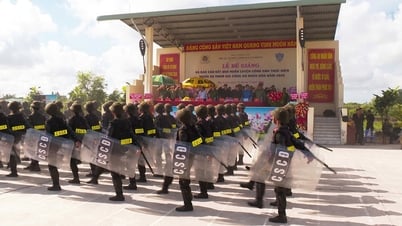







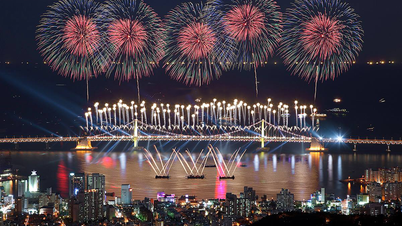

























































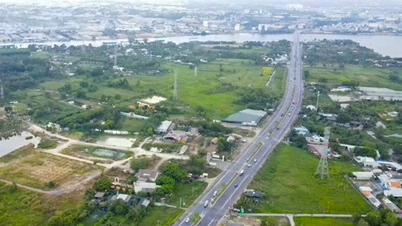












Comment (0)